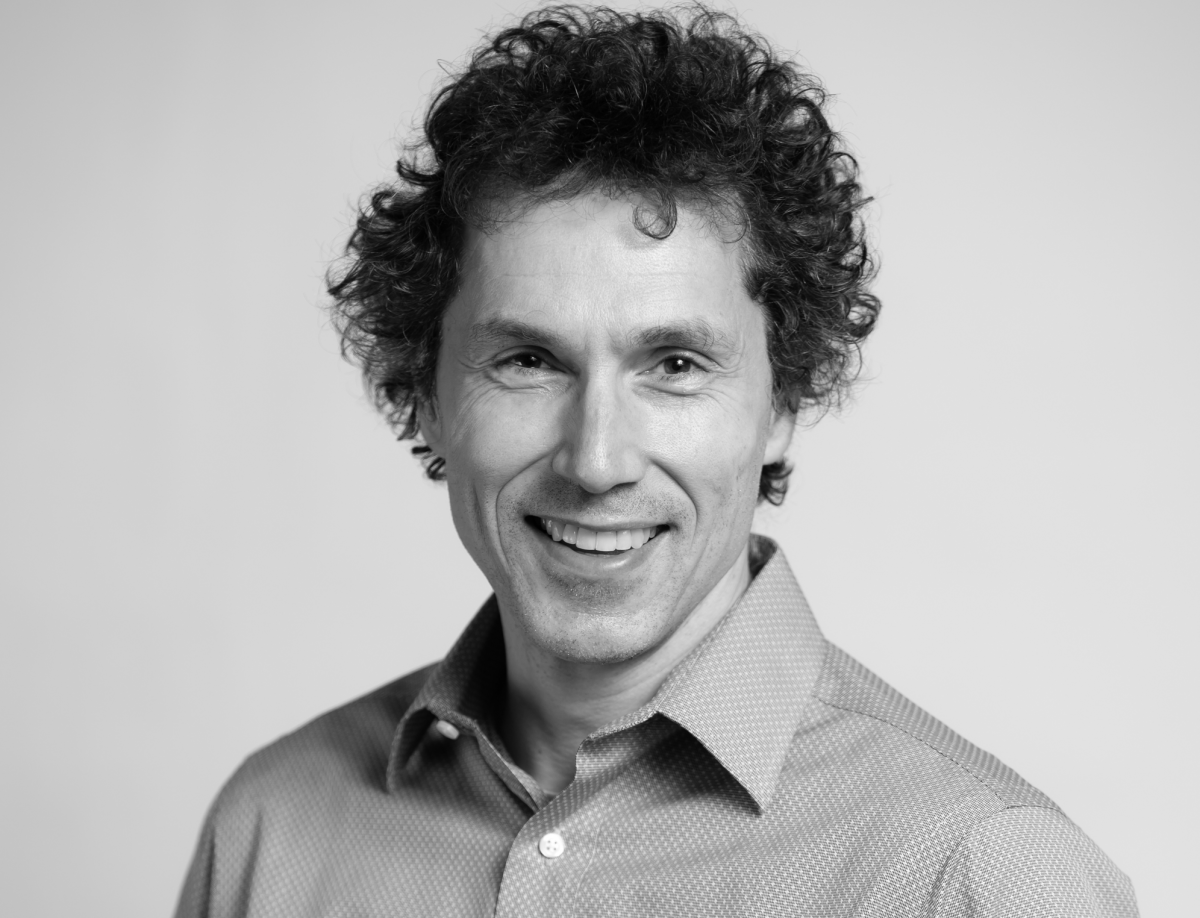You’ve been trying to get into the Vancouver real estate market. You’ve found a place that you like and can afford: how much should you offer in your bid?
You are a public health official advising lawmakers on lockdown measures in a pandemic: how far should the government go in constraining individual freedoms in order to save lives?
You are playing a board game and need to choose your next move. What should you do, knowing that your success will depend on rolling dice?
Decision theory tries to help with decisions like these by quantifying and optimizing them. BCIT Mathematics faculty Dr. Stefan Lukits is interested in the fundamental disagreements about the logic of these kinds of decisions. In his recent paper in the European Journal for the Philosophy of Science, he argues that decision theorists have been missing an important element in their logic.
How Google decides
Bayesians – the type of decision theorists who are behind the Google algorithm – say: when you receive new information, you don’t change your beliefs any more than necessary in order to accommodate the fresh evidence. After all, if you change your prior beliefs more than you have to, neither your prior beliefs nor your new information can justify this level of change.
“Your primary goal is to make decisions based on beliefs that are as accurate as possible, given what you know,” explains Stefan.
Measuring distance between beliefs
“When decision theorists say: we choose a belief that is as close as possible to our prior belief, while accommodating the new information, they need to have a concept of distance between belief states of mind,” says Stefan. “And once you quantify your beliefs – using probabilities or ranking, for example – this becomes a fascinating mathematical question.”
There is a distance between points in geometry, which is perfectly symmetrical. But there is also a type of distance between messages in information theory, often called a divergence, because it is not symmetrical.
Stefan explains: “A divergence is more like a map for a cyclist that tells her how long it takes to get from point A to point B. In hilly terrain, getting from A to B may take longer than getting from B to A.”
Stefan, who climbs the Burnaby Hospital hill every day on his commuter bicycle to get home from work, argues in his paper that divergence between beliefs is what we are looking for in decision theory, not the currently popular symmetrical distance in geometry. “On some issues it can be harder to change beliefs from one position to another, compared to the reverse change,” says Stefan.
Decision logic has broad applications
Managing uncertainty intelligently is beneficial in a surprisingly wide range of human – and lately also machine – decision making.
“Getting the logic behind decision theory right will contribute to artificial intelligence, and has broad applications: whether in the insurance industry, placing ads on social media, or coding for computer-generated stock-trading instructions. It may even win you your Settlers of Catan game.”
“On some issues it can be harder to change beliefs from one position to another, compared to the reverse change.” – Stefan Lukits

Compelling article. I thoroughly enjoyed this look into human nature and our decisiveness (or lack thereof).